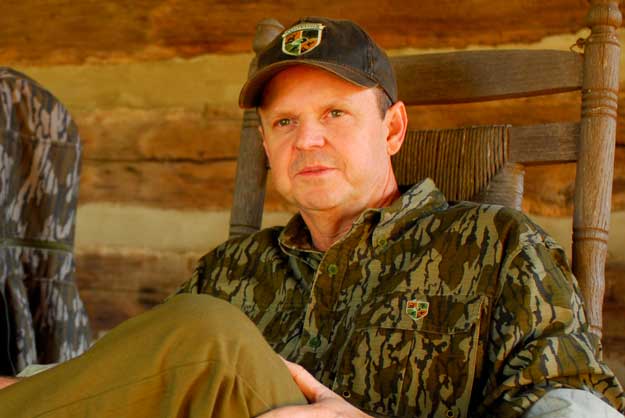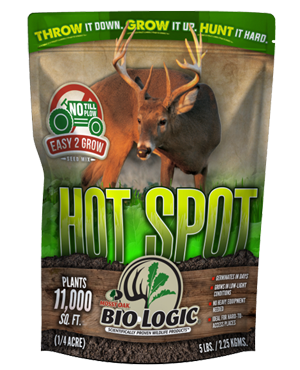Bobby Cole | President, Mossy Oak BioLogic

Many hunters in the Deep South start thinking about planting green fields right after dove season ends. Bowhunters then are scurrying to put in some type of deep-woods plot that may become a honey hole for taking whitetails up close and personal during bow season.
Green field plantings for wildlife depends on where you live and hunt. For instance, hunters in the Deep South – Mississippi, Alabama, Georgia, Louisiana, Texas and Arkansas - still have plenty of time to plant green fields here in September. Besides doing a soil test and purchasing your seed and fertilizer, the next most important ingredient to having a successful green field is having moisture in the soil. That’s been a problem in many areas during September and October in this region where there have been droughts. However, at this writing, heavy rains are coming up from Florida and passing across Georgia, Alabama, Tennessee, Kentucky and moving into Arkansas. Texas and Louisiana have had more rain than they need this fall.
This year, the end of September is a good time to plant in many of these states any of the blends of seeds we offer at Mossy Oak BioLogic. The earlier you can plant the blends of seeds that have brassicas in them, and the more warm days of growing those plants can have, the bigger the plants will be, and the more food they’ll provide for deer and other wildlife.
The cereal grains like wheat and oats don’t need as many warm days for growing as the blended seeds do. Even clover can be planted later in the fall. You can plant wheat and clover all the way into October and get great stands of these plants. With these plants, you even may be better off to plant later in the fall, so they’re not as susceptible to armyworms.
 One of BioLogic’s favorite plantings for bow season that can be planted immediately is Hot Spot, a blend of seeds that’s a no-till green field planting that you can buy at Walmart, Tractor Supply and many farm and big box stores.
One of BioLogic’s favorite plantings for bow season that can be planted immediately is Hot Spot, a blend of seeds that’s a no-till green field planting that you can buy at Walmart, Tractor Supply and many farm and big box stores.
What’s most important right now is not to take any shortcuts with your planting. If possible, plow the ground, put in the fertilizer, and make sure you have enough moisture in the soil to germinate the seeds. Even if you plant Hot Spot in a remote area where you can’t get a tractor or a four wheeler with disc attachments, you can take a backpack blower and a metal rake, blow the litter off the forest floor, rake the ground vigorously to get the soil loose, hand-sow Hot Spot and sprinkle fertilizer with it. Usually 5-6 days after a rain, you’ll see a green shadow of young plants creating a hideaway hunting hot spot.
Watch the weather forecast. If your area receives one day of rain, you’ll have some very productive hot spots for bowhunting. Once seed, fertilizer and loose soil are hit with a rain event, the seeds get up and growing in a very short time. I highly recommend Hot Spot for those hunters who want to plant a green field that comes up quickly and provides food for wildlife in a very short time in a remote region where other hunters won’t find it. In the Deep South, we’ve seen hunters plant Hot Spot even in late October and still have successful green fields.
If you’re in a rush to get a food plot planted, you may want consider the no-till approach to planting food plots.


























